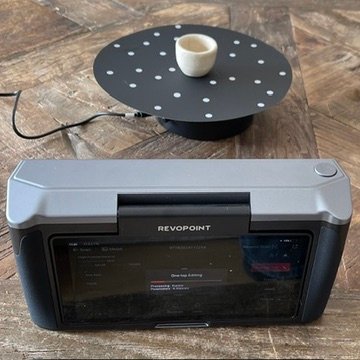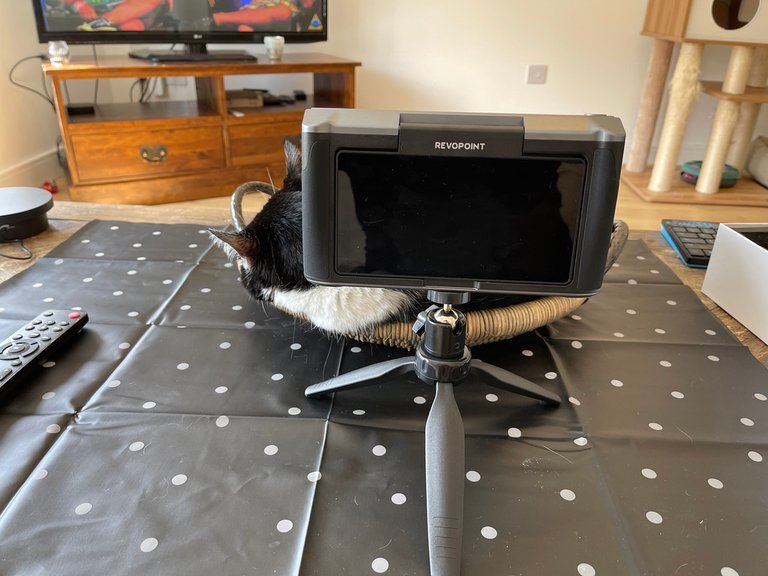Living in the Future (3D Scanning)

There was a time where 3D scanning was really bad. To the point where people would take the XBox 360 lidar intended for Wii style motion input and strap it to a computer and get better results.
My buddy Ben went down a storm at maker faire scanning kids heads and making Lego minifigs of them, even if the resolution was really low.
Technology did improve, mainly in blue light, which meant scanning people was problematic, or using photogrammetry where you take a bunch of high resolution photographs and stitch them together.
Of course in the movie special effects industry, scanning using white dots and green ping pong balls was developing too.
When my iPhone came with a face scanner and apps came out that utilized it for scanning, I tried it out. The results were not great so I put the idea to one side.
Later I found it useful not as for using out of the box, but for size and scale reference.
In my CAD I often want to get proportions but perspective in photographs and using wide angle warps and distorts, so things are not true to life.
So I got back into scanning, and then out of the blue got offered a review unit of an all in one scanner.
Not only can you scan close up things, but also distant things, and no cables are involved. It even has a high definition screen!

Fortunately it does come with a small turntable and a small tripod, because the main limitation now is really the operator. The technology is that good.
This machine has a powerful Android computer built in, but you can also run it from your PC like most of the competition requires if you wish.
The main advantage of having that optional is scanning usually requires two people, one to hold a laptop while the other person moves around tethered to the laptop while trying to get all the angles.
Now you can do away with the laptop while scanning, and you can see what you are doing on screen, and then transmit via wifi or USB to do the post-processing.
While you can do the editing on the device itself, which might come in handy when mobile, doing it on your actual computer rather than poking around the touch screen still feels more efficient and productive.
Over to you
What would you like to see? Any questions you would like answered or experiments I should try? Let me know in the comments ...
Scan the cat! !LOL
lolztoken.com
Lots of training
Credit: reddit
@makerhacks, I sent you an $LOLZ on behalf of zakludick
(4/8)
Farm LOLZ tokens when you Delegate Hive or Hive Tokens.
Click to delegate: 10 - 20 - 50 - 100 HP
Haha, he moves around too much! :)
Hehehe
CAT scans are essential. How do the results look?
!BEER
Surprisingly good, I will post some pictures tomorrow (I just posted and I know I will be called a spammer if I post more than once a day to hive)
View or trade
BEER.Hey @makerhacks, here is a little bit of
BEERfrom @steevc for you. Enjoy it!Did you know that <a href='https://dcity.io/cityyou can use BEER at dCity game to buy cards to rule the world.